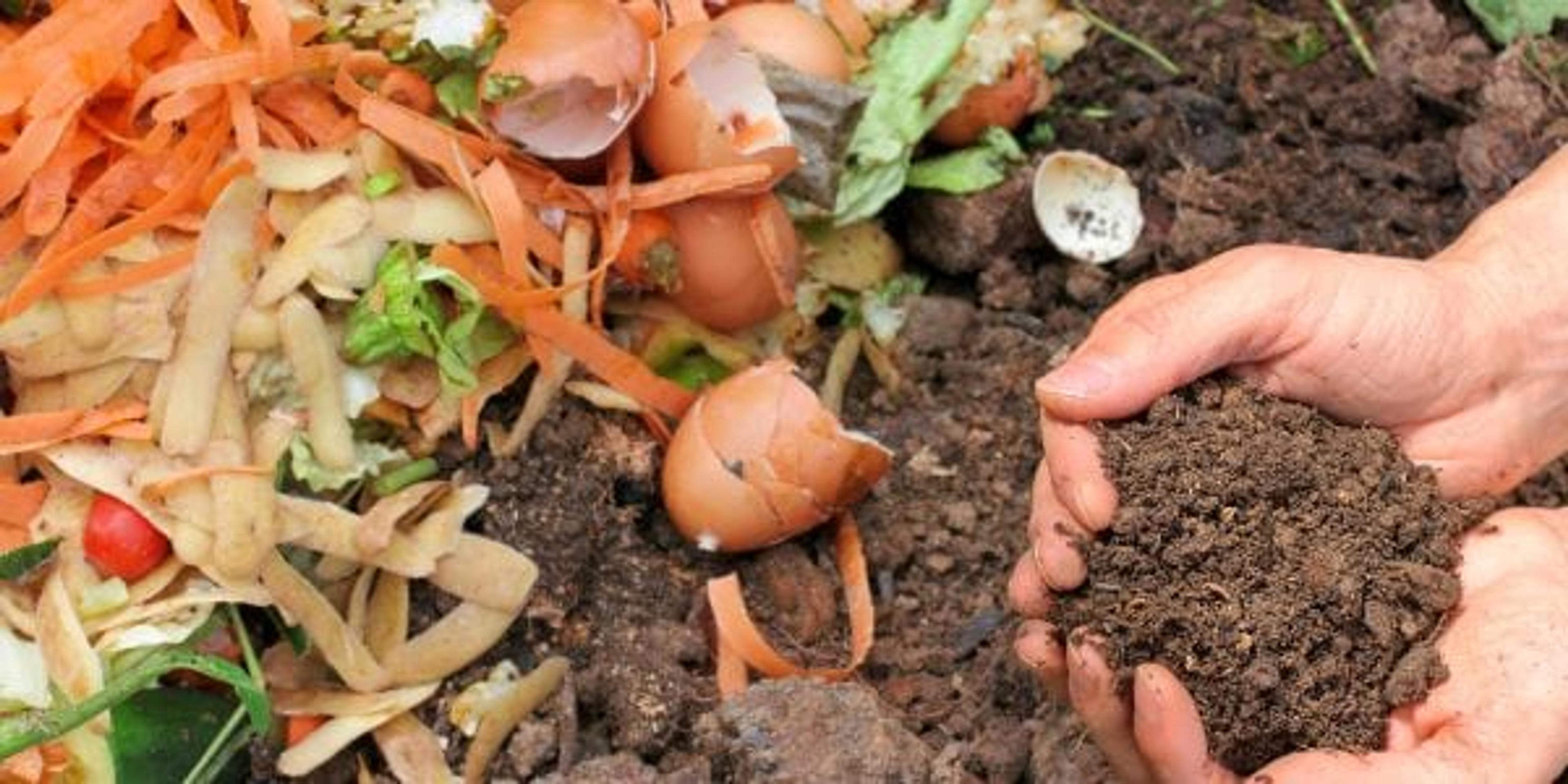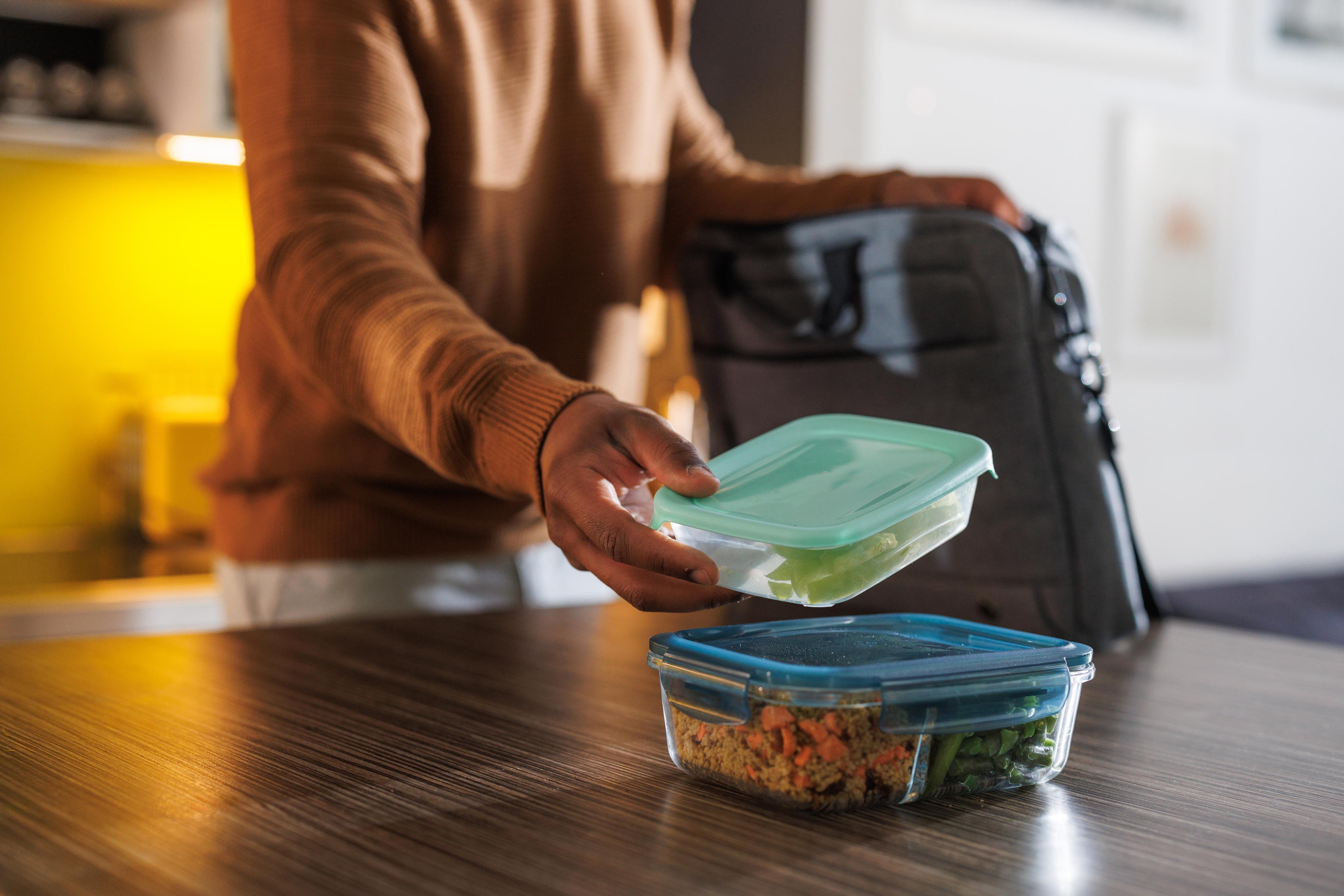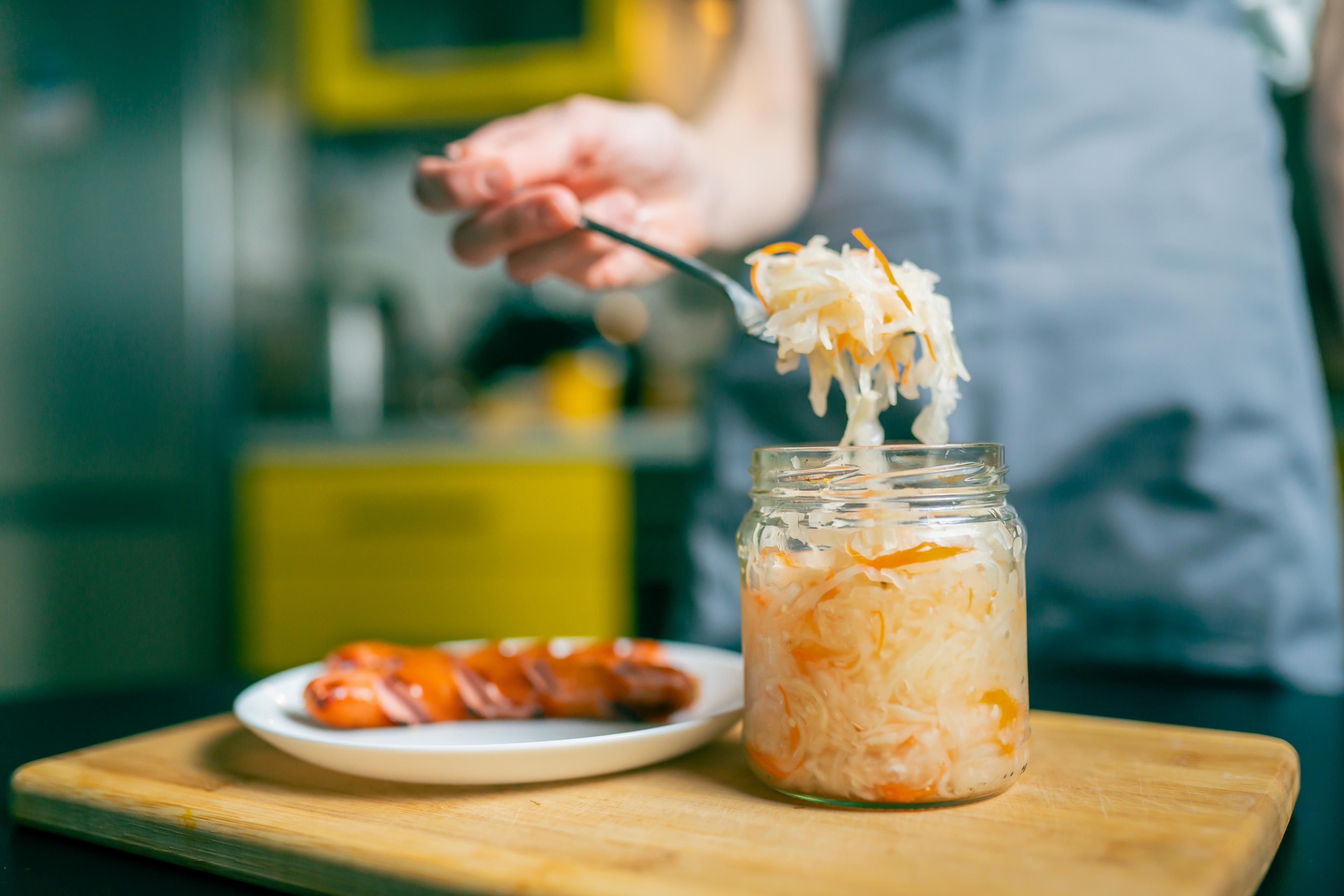How to Start a Backyard Compost Pile

Julie Bitely
| 4 min read

The problem of food waste in the United States is big. About 20% of what ends up in landfills is made up of food, according to the U.S. Environmental Protection Agency.
On a personal level, that equates to about one pound of food wasted for every person in the country every single day. And, the healthier your diet, the more likely you are to waste food because fruits and vegetables end up tossed in the trash more frequently than other foods.
The good news? Those fruit and veggie scraps don’t have to end up in a landfill. Backyard composting is a viable way to reduce the food waste your household generates, and it provides a valuable resource for enriching the soil in your lawn or garden.
We talked with Kerrin O’Brien, executive director, Michigan Recycling Coalition, to get her top tips on starting your own compost pile.
- Composting starts outside. Before you start collecting food scraps in your kitchen, identify the area in your yard that would work best for a composting pile. Check local ordinances to see if composting is allowed in your municipality or if there are restrictions on how big of an area your pile can take up. You’ll want your compost pile to sit over soil or lawn so earthworms, good microbes and other decomposers can access it and work their magic. In Michigan, choose a spot that’s somewhat sunny as it will help your pile retain solar energy and heat – important in the breaking down process.
- Set up your system. Once you have a good spot for it, you’ll want to figure out how to keep it contained. O’Brien said composting bins can be purchased online at most home improvement stores or you can build your own container using scrap wood or pallets. Ideally, you’ll want to have a system that allows for two piles so that you can easily turn the material as it decomposes. There are many online tutorials available that will give you step-by-step instructions for building your bin – happy Pinterest-ing!
- Collect your kitchen scraps. Buy or find a small container to collect scraps in and keep it in the kitchen so you’ll be more likely to use it. Any fruit or vegetable scraps can go in, as well as coffee grounds and even shredded paper. Don’t throw meat, cheese or dairy in as these can attract pests in backyard piles. Similarly, animal waste from cats and dogs is a no-go, although feces from animals that only eat plant material are okay to toss in.
- Get the ratio right. For your scraps to transform into compost, they’ll need a little help. “If you want to compost your food scraps, you need carbon material – leaves, small twigs and broken-down wooded stuff – to balance out the high-nitrogen content of the food scraps,” O’Brien explained. A 3:1 carbon to nitrogen ratio is ideal, which means composting can help you put some of your yard waste to work as well. Layer the right ratio of carbon-rich materials with nitrogen-rich materials and moisten with water.
- Manage your pile. The more frequently you turn your pile, the faster you’ll have useable compost. O’Brien said you should aim to turn it at least once a month or more frequently depending on how often you’re adding to the pile. Turning the pile helps to keep it aerated which helps the tiny microorganisms breaking down the material survive. If you notice that your pile isn’t decomposing well, it’s probably time to turn it, which simply means lifting it up and turning it over if you have a single bin or turning the pile over into a second bin or pile if you have more than one. O’Brien also advised that as you add your kitchen scraps, they need to be covered with more carbon-rich materials to keep the ratio working in your favor.
Given a little time and patience and good management of your compost pile, you’ll soon have a rich, soil-like material to use in your garden or on your lawn, which will be found at the bottom of your compost pile. O’Brien said compost is best used as a soil additive, re-introducing beneficial nutrients back into your soil.
Do you compost? Share your best tips in the comments.
If you liked this post, you may also enjoy:
Photo credit: terra24





